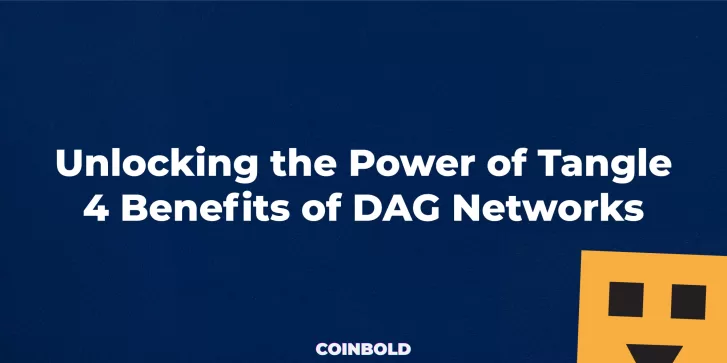Blockchain technology is at the forefront of modern innovation, promising transparency, security, and decentralization. At the heart of every blockchain lies a critical element known as the Consensus Mechanism. In this article, we will delve into the world of blockchain consensus mechanisms, their significance, and their diverse types.
What Is a Consensus Mechanism?
A consensus mechanism is the backbone of any blockchain network, comprising a set of rules and procedures designed to ensure unanimous agreement within a decentralized network. This agreement pertains to the current state of a shared ledger, such as a blockchain. But why is it so crucial?
Definition and Role of Consensus Mechanism in Blockchain
Definition
A consensus mechanism refers to a prescribed framework comprising rules and procedures that facilitate the attainment of agreement within a decentralized network of computers regarding the current state of a shared ledger, such as a blockchain. Consensus mechanisms play a crucial role in the functioning of blockchains as they serve to safeguard the integrity of the ledger against potential manipulation by malicious entities, while also ensuring a harmonized understanding among all participants within the network.
Role in Blockchain
Consensus mechanisms play a crucial role in the functioning of blockchains as they fulfill the following essential functions:
- Security: Consensus mechanisms play a crucial role in safeguarding blockchains against potential attacks, as they effectively deter malicious entities from tampering with the ledger by imposing significant challenges and costs.
- Data integrity: Data integrity is a crucial aspect in blockchain technology, and it is upheld through the implementation of consensus mechanisms. These mechanisms play a pivotal role in ensuring that all data stored on the blockchain remains both accurate and resistant to tampering.
- Decentralization: Decentralization refers to the distribution of authority and decision-making across a network, rather than relying on a central governing entity. Consensus mechanisms play a crucial role in enabling blockchains to function in a decentralized manner, thereby enhancing their resilience against censorship and fraudulent activities.
10 Different Consensus Algorithm Types
Blockchain’s distributed nature ensures privacy, security, and accessibility. The glue that holds this network together is the consensus mechanism. Let’s explore ten distinct consensus algorithms and how they operate.










- Proof of Work (PoW): Proof of Work is a consensus algorithm where miners solve complex mathematical puzzles to validate transactions and create new blocks on a blockchain. The first miner to solve the puzzle gets the right to add a new block and is rewarded with cryptocurrency.
- Proof of Stake (PoS): Proof of Stake is a consensus algorithm where validators are chosen to create a new block based on the number of coins they hold and are willing to “stake” as collateral. It is considered more energy-efficient than PoW.
- Delegated Proof of Stake (DPoS): DPoS is a variation of PoS where a small number of nodes are chosen as delegates to validate transactions and create blocks. These delegates are voted for by the community, making the consensus process more democratic and efficient.
- Proof of Authority (PoA): Proof of Authority is a consensus algorithm where block validators are identified and authenticated based on their identity and reputation. It is commonly used in private or consortium blockchains where trust among participants is established.
- Proof of Burn (PoB): Proof of Burn involves sending cryptocurrency to a verifiably unspendable address, essentially “burning” them. Users who burn coins are rewarded with the ability to mine or validate transactions on the blockchain.
- Proof of Capacity (PoC): Proof of Capacity is a consensus algorithm where miners use their available hard drive space to show their contribution to the network. The more disk space a miner has, the more likely they are to create a new block.
- Proof of Activity (PoA): Proof of Activity combines PoW and PoS. Miners first prove their computational work (PoW), and then validators prove ownership of cryptocurrency (PoS). This hybrid approach aims to provide security and reduce the energy consumption associated with PoW.
- Tangle (DAG): Tangle is a data structure used in IOTA, a cryptocurrency designed for the Internet of Things (IoT). Unlike traditional blockchains, Tangle uses a Directed Acyclic Graph (DAG) where each transaction approves two previous transactions, eliminating the need for miners and enabling faster, feeless transactions.
- Proof of Importance (PoI): Proof of Importance is used in the NEM blockchain platform. It determines the ability of an account to harvest (i.e., create new blocks). PoI is based on the number of coins held and the number of transactions made by the account.
- Proof of Elapsed Time (POET): Proof of Elapsed Time is a consensus algorithm used in some blockchain platforms. It randomly selects a leader node based on a wait time that is cryptographically generated. The node that waits for the shortest amount of time becomes the leader and can create a new block.
Each of these consensus algorithms addresses specific challenges in the blockchain space and caters to different use cases and priorities within the community.
Conclusion
Consensus mechanisms play a crucial role in the functioning of blockchain technology, often being underappreciated despite their significance. The primary function of distributed ledger systems is to guarantee the consistency of ledger states, thereby upholding the system’s integrity and security. These mechanisms facilitate the establishment of trust, reliability, and decentralization, thereby promoting a novel era of digital transactions. The selection of an appropriate consensus algorithm becomes of utmost importance as blockchain networks undergo further development, as it determines the level of trustworthiness and security inherent within the network.


